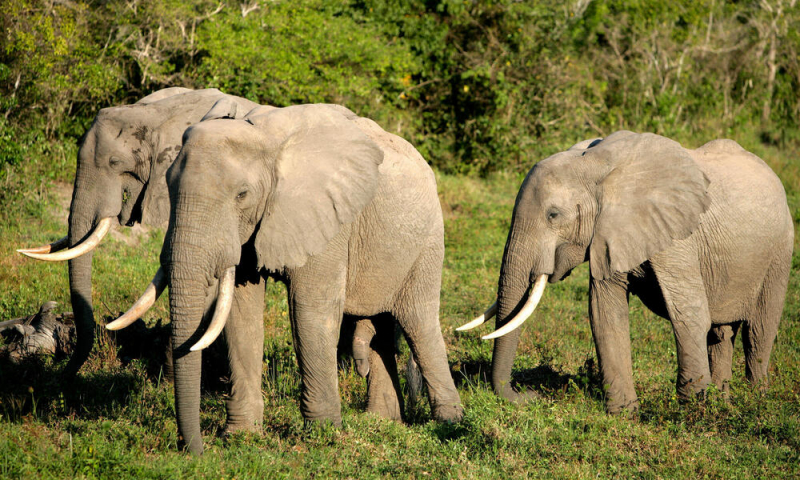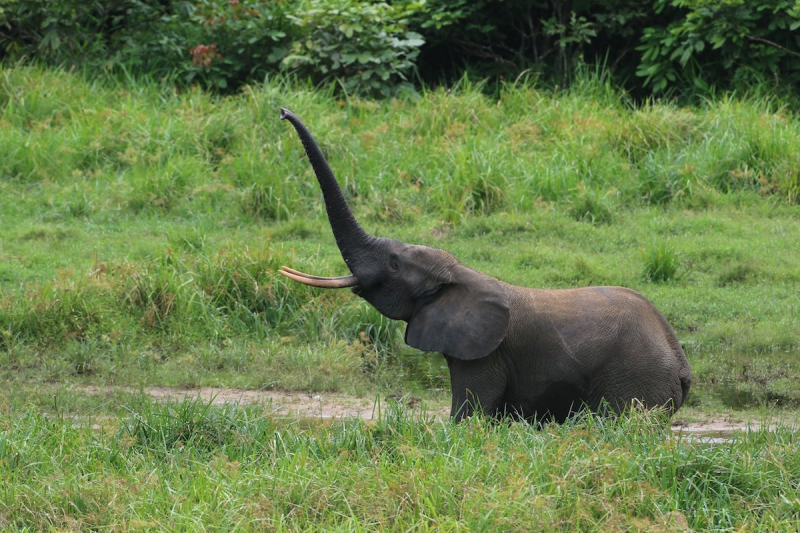African Forest Elephant
The African Forest Elephant (Loxodonta cyclotis) is one of the two living African elephant species. It is native to humid forests in West Africa and the Congo Basin. It grows to a shoulder height of 2.4 meters, making it the smallest of the three types of extant elephants. Tusks that point straight down and erupt between the ages of three and five are present in both sexes. It resides in family units of up to 20 people. It has been dubbed the "megagardener of the forest" since it eats leaves, seeds, fruit, and tree bark. It contributes significantly to maintaining the composition and structure of the Guinean Forests of West Africa and the Congolese rainforests.
In 1900, the species' first scientific description appeared in a book. Overhunting during the 20th century precipitated a dramatic drop in population; by 2013, it was believed that fewer than 30,000 people were left. Poaching, habitat fragmentation, and habitat loss pose threats to it. Across range of countries, populations' conservation status varies. On the IUCN Red List, the species has been classified as Critically Endangered since 2021.












